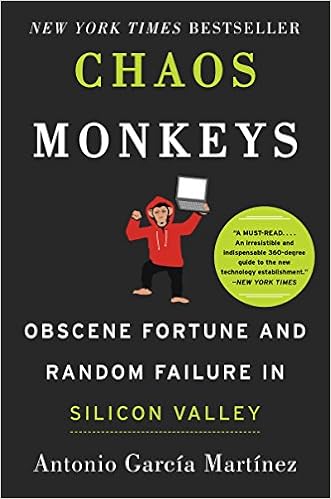 Chaos Monkeys: Obscene Fortune and Random Failure in Silicon Valley
Chaos Monkeys: Obscene Fortune and Random Failure in Silicon Valley
Hardcover – June 28, 2016
The author describes himself as a disenchanted idealist who turned cynical. I suggest that it takes a smart person to be cynical and a wise one not to be
This author is clearly very smart, competitive, aggressive and often nasty. His book is a projection of his personality onto the larger world. That is not to say that he is always wrong or that we cannot learn from his experience and perspective, and I will talk about lessons below, but let’s put it in perspective with an illustration from early in the book.
Mr. Martinez describes a situation where he was driving drunk, just over the limit, and was pulled over for an illegal U-turn. He sets up his story by describing the cop as “Bull Connor” and further explains that this type of character is often a villain in video games. So, he begins by categorizing the guy in a derogatory stereotype based on appearance. After failing the breath test, he asks the cop to go easy on him, which the cop does. The cop stipulates that Mr. Martinez cannot drive his car (reasonable) and they agree that he can take a cab home. No ticket, no arrest, the result is as happy as any law-breakers can expect. Yet after this, he still characterizes the cop as Bull Connor and “thick neck” and describes his experience as a “triumph over the rule of law.” What he should have done here is question his stereotypes and be grateful to the officer who was flexible and kind when he did not need to be.
So, I don’t like the guy, and I expect that he despises people like me, but I extended the benefit of the doubt in that he may have chosen this style to spice up the book and set a wise-ass tone for to sell books. I finished his book and took few lessons that I am not sure that the author actually intended or that you would need to get from this book. One is that the tech world is run by aggressive people and that a lot depends on random chance and social networks. In a society as fast-changing as tech, they are also new people: very smart, but often inexperienced in ways beyond their tech ambitions. The winners tend to think they know more than they do about things in general because they know so much about the particular thing that made them winners. By the time they get experience, they are often pushed out and their ideas superseded by the next big things. It would probably be better for everybody involved, even the winning individuals, if people like this did not earn so much money but it seems to be the price we pay for this innovation. The winner-take-all approach that dominates motivates very well and ensures that some people get too much money. I recall the old saying, “some people have too much money, but nobody has enough.”
The book is written in the style of the “Hitchhiker’s Guide to the Galaxy,” (great book, BTW) with frequent digressions and definitions. But “Hitchhiker’s Guide” is funny science fiction. This book purports to describe reality and is not funny, unless you just like hearing a sarcastic guy disrespect those around him and know that he would disrespect you too.
So what do we learn in the end? We learn that people with attitudes like Martinez can be successful in these competitive places and that they can earn lots of money doing it, but that they can lose it just as quickly. We suspect that this is not a good thing, but we cannot figure out ways to throw out the bad w/o crippling the innovation that comes from this protean and competitive environment. So I do not think I wasted my time reading this book. I suspect the author is not as bad as he seems to want us to think. Maybe I just think that because I am not so cynical that I do not believe in redemption. In the coda of his book, he describes what became of his colleagues and himself. He evidently plans to sail around the world. This will give him the gift of time and if he uses it properly, he may be able to move beyond being just smart and cynical. He will still know that people are often crass, materialistic, selfish and shallow, but that there are other traits that can coexist with these that are admirable and beautiful. And I hope he finds this in himself and others and writes a book about that spiritual journey.


 “Investing in Nature” was published in 2005, i.e. more than ten years ago. It is useful to remember that, since some of the ideas in it are now more mainstream than they were back then and we need to appreciate it in its time. Books like “
“Investing in Nature” was published in 2005, i.e. more than ten years ago. It is useful to remember that, since some of the ideas in it are now more mainstream than they were back then and we need to appreciate it in its time. Books like “ Read enough of these sorts of books and the ideas start to mash together. In fact, they often use some of the same anecdotes and reference each other. Into this general category, “success and luck” I put books like “Drunkard’s Walk,” “The Success Equation,” “Fooled by Randomness,” “Signal and the Noise” and even “Adapt: Why Success Always Starts with Failure.” I keep on coming back to these sorts of books because I like to consider the interplay between effort, randomness and uncertainty in our lives and in the greater scheme of things.
Read enough of these sorts of books and the ideas start to mash together. In fact, they often use some of the same anecdotes and reference each other. Into this general category, “success and luck” I put books like “Drunkard’s Walk,” “The Success Equation,” “Fooled by Randomness,” “Signal and the Noise” and even “Adapt: Why Success Always Starts with Failure.” I keep on coming back to these sorts of books because I like to consider the interplay between effort, randomness and uncertainty in our lives and in the greater scheme of things.
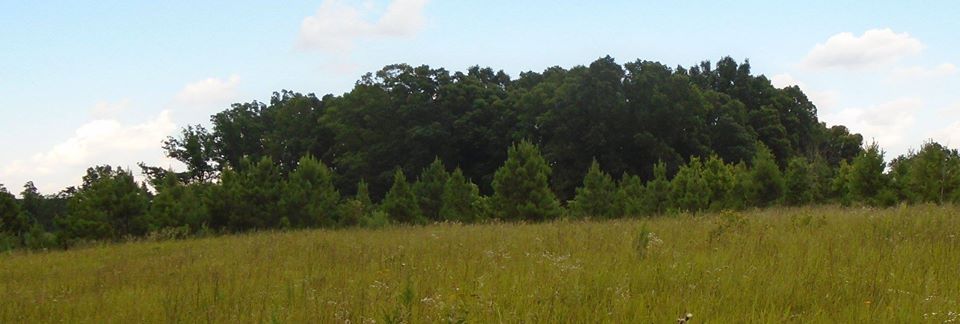
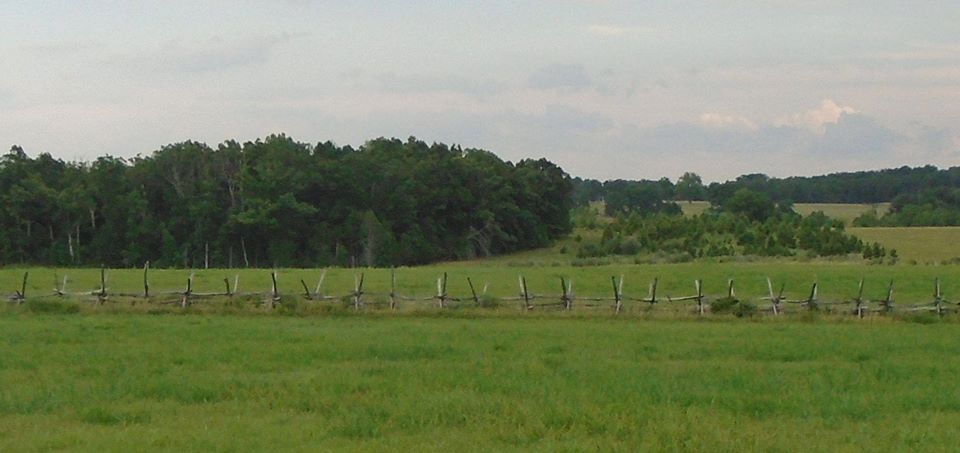
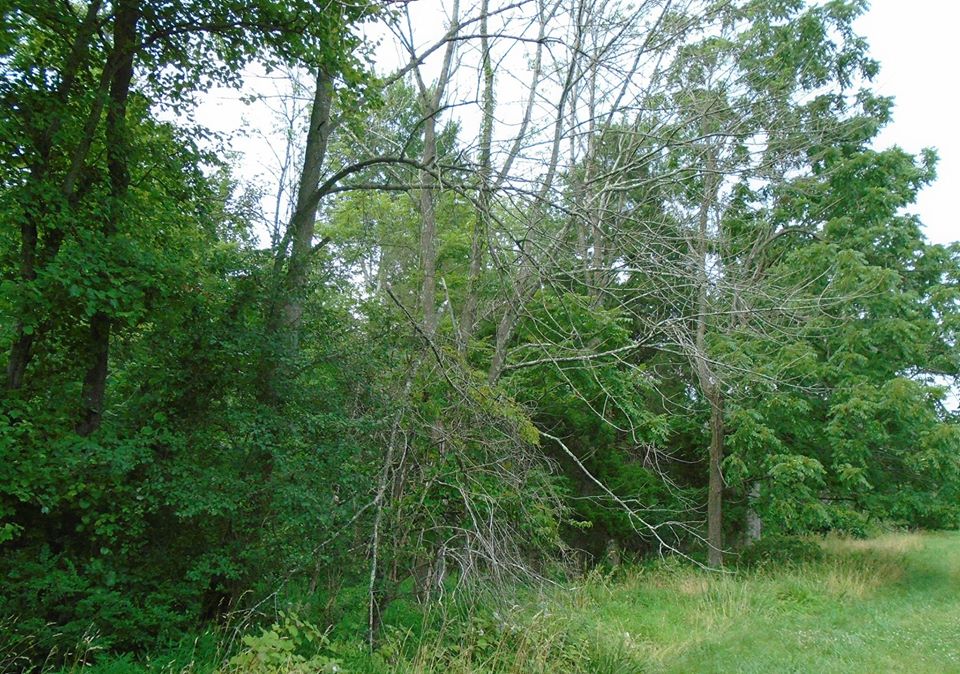
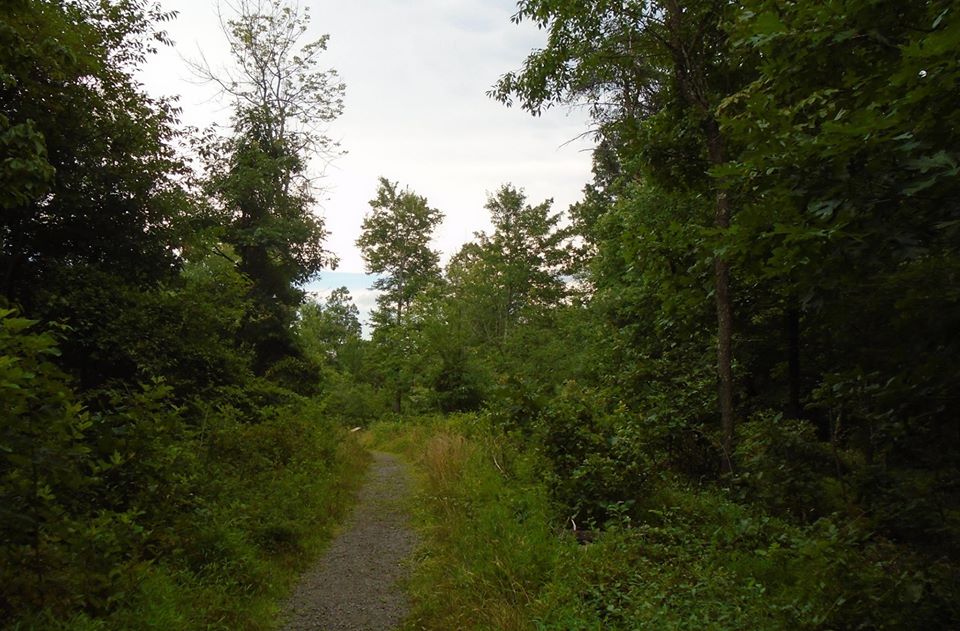

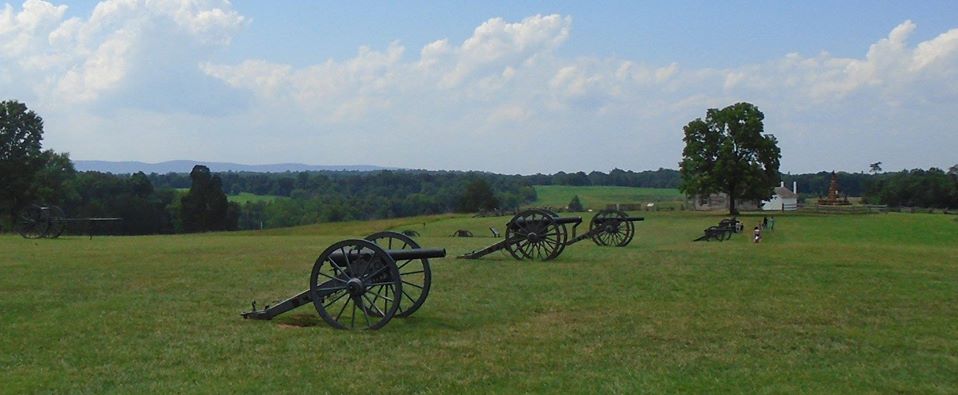
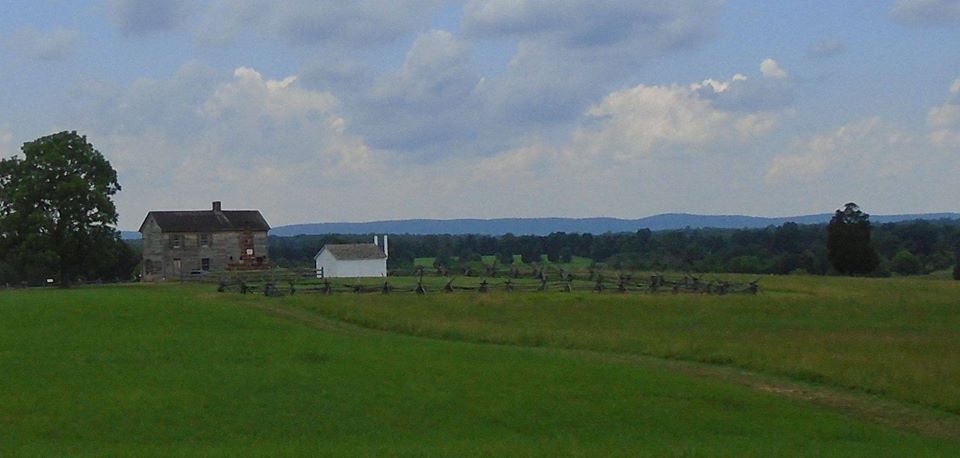
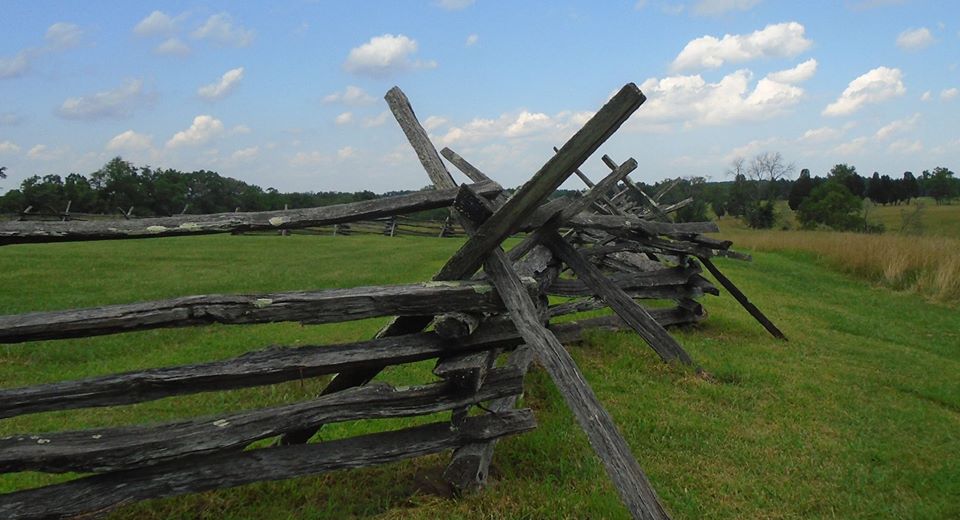
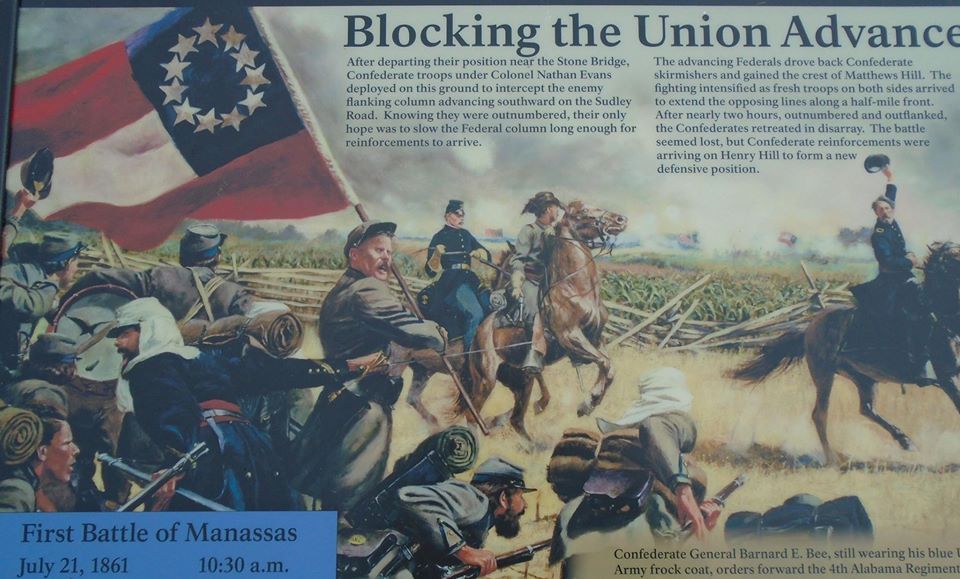





 Markets everywhere, July 17, 2016
Markets everywhere, July 17, 2016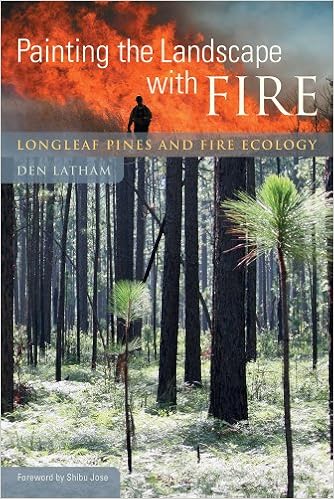 Format: Hardcover
Format: Hardcover Kids like dinosaurs and I was no exception. In fact, I liked dinosaurs more than the average kid. Before I could read, I knew their names & characteristics. I knew which period of the Mesozoic Era the important ones lived. When I had kids, I wanted to pass along my knowledge about the science of the paleo-worlds, about dinosaurs. Trouble was, the things I knew were no longer true. You would think something that happened at least 65 million years ago would be less subject to the vagaries of current fashion. My dinosaurs were big, slow moving cold-blooded reptiles. They came in dullish colors, ranging from brownish grey to greyish brown. My kids’ dinosaurs were quick and colorful. Some were warm-blooded and even had feathers.
Kids like dinosaurs and I was no exception. In fact, I liked dinosaurs more than the average kid. Before I could read, I knew their names & characteristics. I knew which period of the Mesozoic Era the important ones lived. When I had kids, I wanted to pass along my knowledge about the science of the paleo-worlds, about dinosaurs. Trouble was, the things I knew were no longer true. You would think something that happened at least 65 million years ago would be less subject to the vagaries of current fashion. My dinosaurs were big, slow moving cold-blooded reptiles. They came in dullish colors, ranging from brownish grey to greyish brown. My kids’ dinosaurs were quick and colorful. Some were warm-blooded and even had feathers.